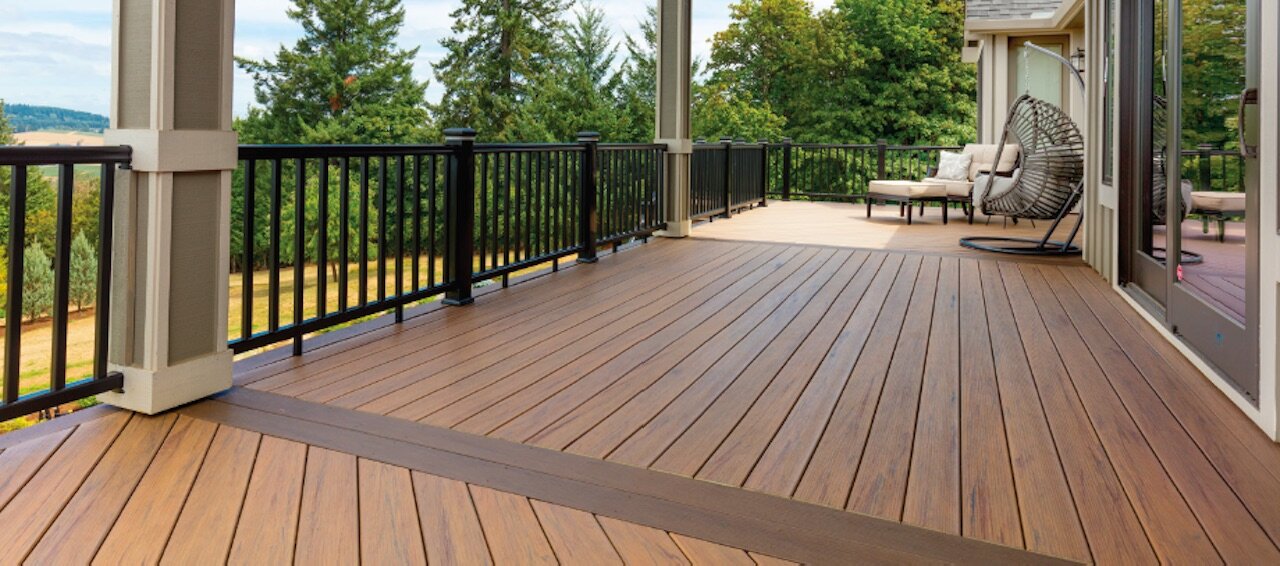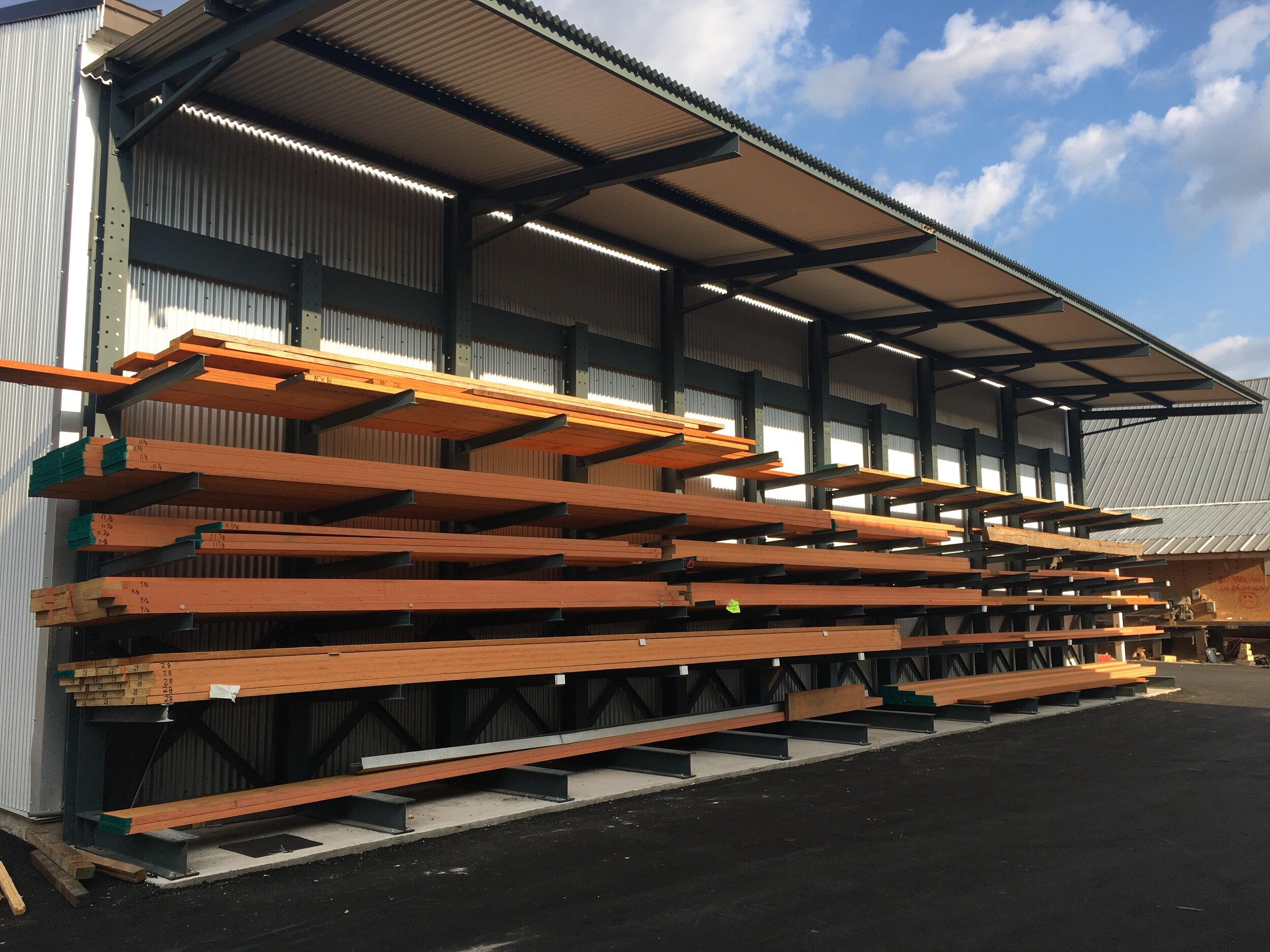Summer is finally here! The longer days call for afternoon barbecues and evening cocktails with friends and family. Don’t let a less-than-ready deck ruin your summer fun. Follow these tips to prep your deck for all your upcoming gatherings:
Replace missing parts.
The harsh New York winters can cause screws, nails, nuts, or bolts to fall out of your deck. Before you even think of staining, inspect your deck for missing parts and loose boards. If you notice anything suspect, head to Dain’s Lumber to get replacement parts and install them to help keep your deck stable.
Clean your deck.
Sweep your deck until all the dirt and debris are gone. For the particles that can’t be swept away, use a hose to rinse your deck clean. Rinsing will also open up the wood pores to let any trapped dirt out.
When cleaning a wooden deck, an acidic cleaner may damage the wood. Your best choice is to use an eco-friendly wooden deck cleaner and protectant. Spray your deck with the cleaning solution, spread across the surface evenly, and wait ten minutes before scrubbing away dirt, debris, and stains. Use a garden hose with a hard-stem nozzle (not a power washer) to rinse away the cleaning solution. It will break apart stains without damaging your deck.
Check the weather. A wood stain won’t adhere well to damp wood and can crack and peel. Plan to stain your deck when it hasn’t rained for several days, and the forecast calls for two days or more of dry weather with temperatures between 50° F and 90° F. Low to average humidity will help the stain dry quicker. Don’t stain in direct sunlight if possible, as the stain will dry before the wood can fully absorb it.
Use the correct brushes.
If using a water-based stain, synthetic brushes are the ideal choice. for working a water-based stain into the wood. If you apply stain with a roller, select one with a nap that’s ¼ inch or shorter. This length allows you to apply a thin layer of stain that sticks to the wood without pooling.
Choose the correct stain type.
When selecting a deck stain, the current stain will affect your choice. If your deck was previously coated with a solid stain, you can’t apply a clear or semi-transparent stain over it. A solid stain will clog the wood pores, and prevent clear and semi-transparent stains from soaking into the wood. On the other hand, solid stains can be used over any type of stain. If you’re unsure of the stain previously used on your deck, a solid stain is a safe choice.
Stains always include pigmentation, which not only adds color to the deck but also helps protect against UV damage. However, stains only offer moderate moisture protection. Thus, after you stain your deck, you should consider applying a sealant for added protection against moisture damage.
Apply thin coats.
If you need more than one gallon of stain for your project, mix them in a larger container to ensure the color is consistent. Use long, smooth strokes and thin coats to stain two or three boards at a time. This method prevents puddling and ensures the stain will soak into the wood instead of flaking off once dried. Apply two coats of stain to get a uniform finish and minimize the risk of missing spots on your deck.
Plan on applying a sealant-and-stain product annually to protect your deck from UV rays and moisture damage.
Wait 48 hours.
The sealant will be dry within a few hours, but for the seal to fully protect the wood, don’t use your deck for two days. After 48 hours, celebrate the fruits of your labor and enjoy your deck with family and friends.
Every generation of our family has grown up in the lumber business. And we love that we get to share our passion with our customers every day. But, most of all, we take the Dain’s Lumber legacy of quality, expertise, service, and craftsmanship very seriously. When you come to us, you know you’re getting over 170 years’ worth of history behind every product, piece of advice, and interaction you receive. Fill out our contact form or give us a call at 914-737-2000 to discuss your projects today!
Sources
https://www.consumerreports.org/wood-stains/expert-tips-for-staining-a-deck/
https://www.bobvila.com/articles/sealing-the-deck/










